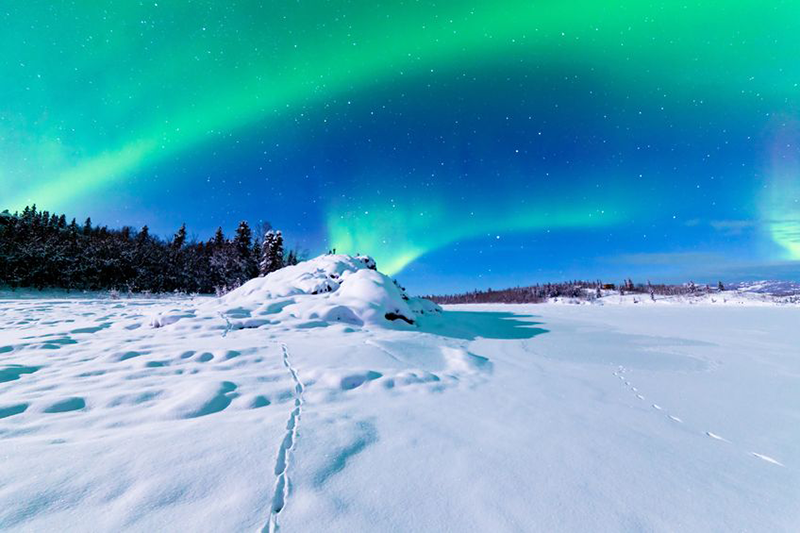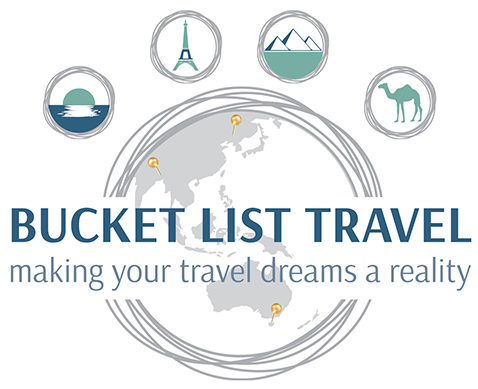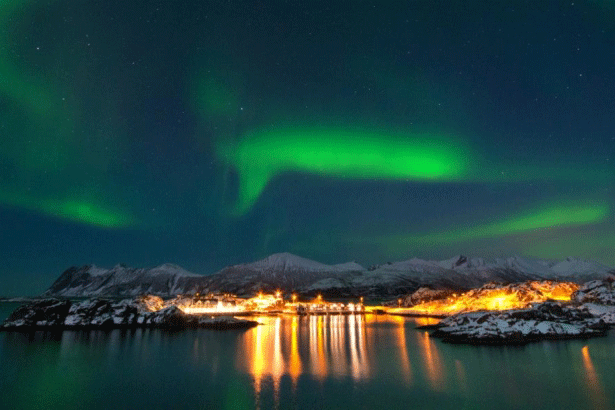The otherworldly Aurora Borealis, or Northern Lights, are a colourful, dancing light show that begins high in the Earth’s atmosphere – at altitudes from 60 to more than 250 miles – when charged particles from the sun become trapped in the Earth’s magnetic field.
Where can you see the Northern Lights?
The Northern Lights can be found in the “aurora zone” in the Northern Hemisphere. This is an area of 2,000-3,000km from the magnetic pole.
For the best seats, consider anywhere with a magnetic latitude above 55° and low light pollution. The closer you are to this region, the better your odds of catching the lights.
In the polar latitudes, auroras can appear on any dark night. Long winter nights are good but not necessarily the best time. In theory, the Northern Lights appear from late August to mid-April, but you are much more likely to see them from late September to late March, when there is less light. Forget seeing the lights in May, June and July – the midnight sun ensures they are well hidden.
Near equinoxes in March and September are the main aurora seasons, although nobody is completely sure as to why. The autumnal equinox in September, when there are more pleasant temperatures in polar latitudes, is a great time to try to see the northern lights.
However, it’s not as simple as turning up and staring skyward – the main obstacle is cloud cover, and the cycle of the moon, light pollution and solar activity also play a part in whether you’ll see the Northern Lights. If it is clear around the new moon, there is a high chance you will see the aurora.
But what many people often don’t realise is that every night it’s different – sometimes it will be very muted and quiet. The lights generally appear between 6pm and 4am, although the highest probability is around 10pm-11pm.
And they’ll materialise without warning. You’ll see nothing for several hours and then then because of the speed with which the aurora moves, they often appear as if from nowhere – keep your eyes on the sky.
Within the space of five minutes there’s an eruption of activity. To enjoy the northern lights, you have to be patient – but that’s also great, because just like that box of chocolates, you don’t know what you’re going to get each night.
So, booking a four- or five-night trip with Bucket List Travel will increase your chances of seeing the light show of your life.
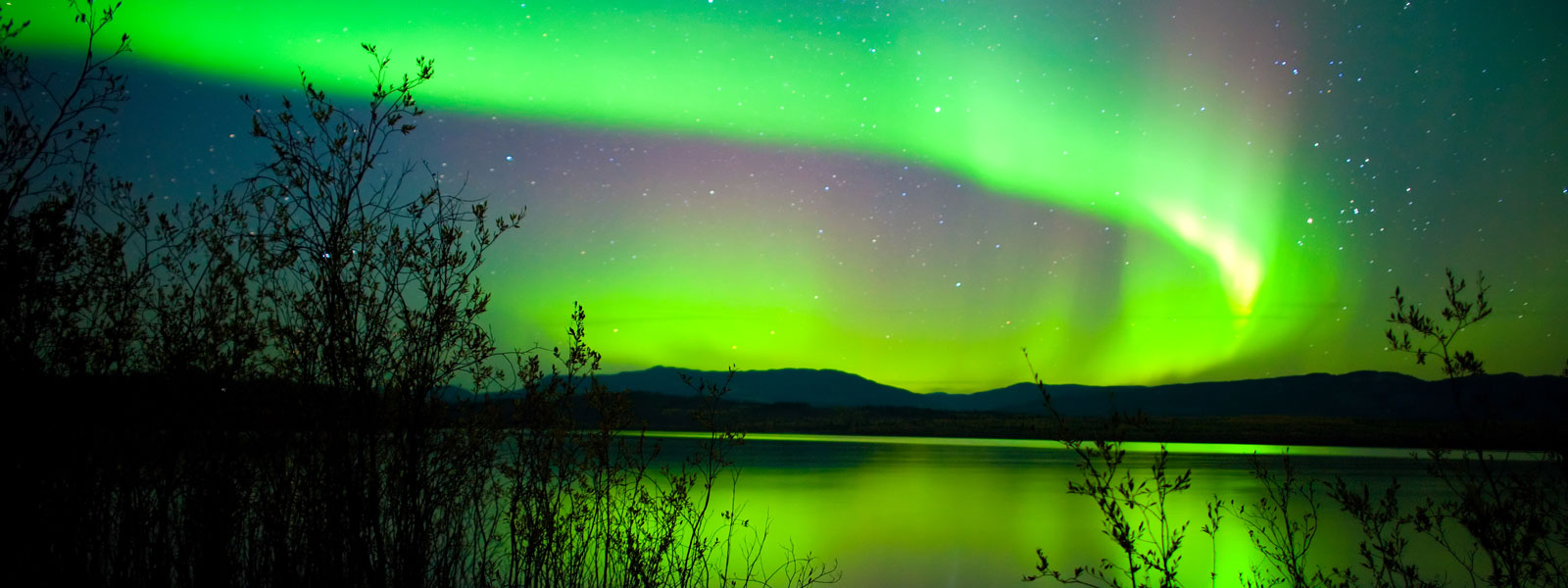
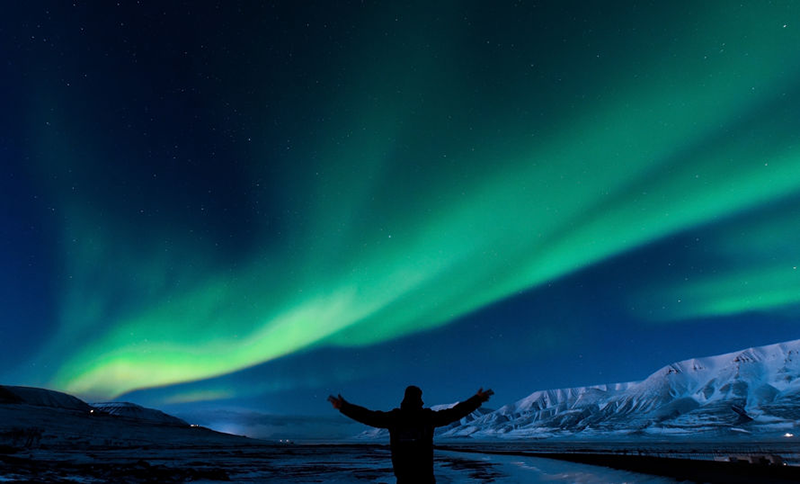
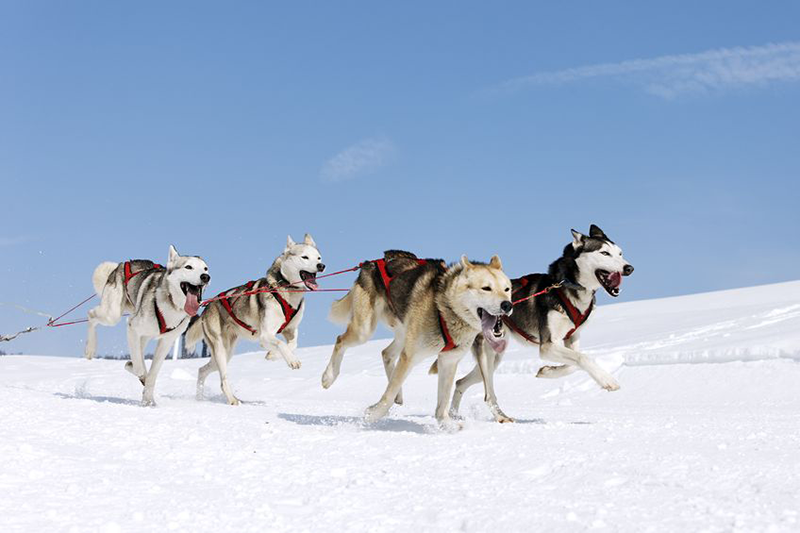
GO IF…
- you love active, outdoor activities and aren’t afraid of life without your creature comforts.
- you enjoy photography
- you’re interested in new cultures, foods and ways of life
- you enjoy being around animals – huskies and reindeer are a part of daily life in many Arctic regions.
DON’T GO IF…
- for you a holiday requires sunshine and a beach
- you are impatient and need things to happen NOW
- you enjoy predictability and need be able to accurately plan every part of your holiday
- you’d rather stay in a bustling, brightly lit city than out in the wilderness.
Best places to see the Northern Lights
Iceland
Both its latitude and longitude make aurora viewing in Iceland a good option, but the weather doesn’t always cooperate. On the other hand, a good coastline road around the country lets you chase clear skies.
Volcanic landscapes, glaciers, geysers, geothermal hot springs, volcanoes and majestic waterfalls make Iceland is an otherworldly place to visit. Also, with a bit of cunning planning from the team at Bucket List Travel, the aurora can be spotted from the comforts of thermal hot springs, outdoor hot tubs or the serenity of your own private campervan in the untouched wilderness.
Where to go: All of Iceland, but some great options include: Seltjarnarnes or the Grotta Lighthouse in Reykjavik, Vik, Látrabjarg / Westfjords, Eldborgahraun, Djúpavík, Kirkjufell mountain on the west coast
When to go: Late August to early April
Norway
Norway is one of the more comfortable places to chase the Northern Lights and aurora spotting options are diverse. Tours are abundant, ranging from reindeer-sledding and whale watching, to night cruises and private flights. You could also try camping or caravanning. The country is already easy to get around, and thanks to the Gulf Stream the coastline has surprisingly moderate temperatures.
With its vibrantly coloured fishing villages, gaping fjords, and expansive nature, Norway is much more than just an aurora hotspot.
Spectacular auroras can be seen from the village of Ersfjordbotn, 12 miles from Tromsø, one of the more popular light spotting destinations. Other popular locations are the Lofoten Islands and the far northern towns of Alta, Nordkapp, and Kirkenes.
Where to go: There are many hot spots on offer here but some good ones include Svalbard, Tromso, The Lofoten Islands, Harstad, Bodo, Alta, Andoya, and Lakselv.
When to go: Mid-September to late March
Sweden
Another famous, albeit pricier, destination for chasing the aurora is Sweden. Thanks to the effects of the Gulf Stream, the temperatures here are milder compared to other popular aurora regions like Canada and Russia. The weather is much more stable than the Norwegian coast, but it’s colder. Most of Sweden is good for Northern Light spotting once you escape city lights. Your best bet is generally from the Northern border with Norway to Jokkmokk.
Sweden’s northernmost town of Kiruna is a gateway for nearby attractions: you can stay at the ICEHOTEL and see loads of reindeer.
Where to go: Possibilities include Abisko, Tärendö, Jukkasjärvi, and Farnebofjarden National Park (just 140km from Stockholm).
When to go: September to the end of March
Canada
Thanks to its northern latitude and low light pollution, many parts of Northern Canada witness the Aurora Borealis regularly. The Northernmost territories and Yukon are some of the world’s greatest hotspots. Great Slave Lake boasts its own Aurora Village and special activities for northern lights tourism. Wood Buffalo and Jasper National Park are also popular viewing spots.
Where to go: The Northern region of Canada is best – mainly Yukon, Northwest Territories, and Nunavut.
When to go: August to April.
Finland
In northern Finland the lights shine nearly every other night from September to March, making this an optimal aurora choice. But be warned – temperatures can get quite cold. The solution? Get Michelle at Bucket List Travel to book you into a purpose-built glass igloo to enable aurora viewing right from the comfort of your warm bed – now we’re talking!
Where to go: Finland’s Lapland region, Rovaniemi, is as a gateway town to nearby national parks, where in winter you can spot frozen snow-covered trees called Tykky sculptures along with the northern lights.
When to go: Mid-September to late March. In December, families flock to Lapland to meet Santa, so this is not the best choice of when to see the Northern Lights if you’re not into crowds.
Russia
A large part of Russia lies within the Arctic Circle, making this massive continent perfect for aurora spotting. The Kola Peninsula is a prime location, with the town of Murmansk being an accessible base.
Where to go: Many regions in the north. The more accessible from St. Petersburg are Murmansk, Arkhangelsk, Petrozavodsk.
When to go: September to March, although January and December are optimal due to the complete absence of sun for 6 weeks in some northern areas.
Greenland
Northern Greenland is too far north to see the northern lights, but the south is poised perfectly within the aurora zone for beautiful auroras and attractions like Qaleraliq Glacier, which has small floating icebergs even in summer.
This quiet island country is far less trampled with tourists than its northern neighbour, possibly because there are no roads, making planes and boats the primary modes of transport. The up-side? Icebergs and aurora are nearly all yours!
Where to go: Southern Greenland: you can get aurora tours from both Ilulissat or Nuuk.
When to go: August to April.
Alaska
Alaska is one of the best places on earth for spotting aurora. Here the cold weather, clear skies, and dark nights make for optimal aurora spotting conditions. Located just two degrees below the Arctic, Fairbanks is regarded by many as the best place in the U.S. to take in the northern lights.
Where to go: Nearly all of Alaska is great for aurora spotting, and Fairbanks is located in the aurora oval and is a good base for travel.
When to go: Late August to mid-April, but year-round is possible.
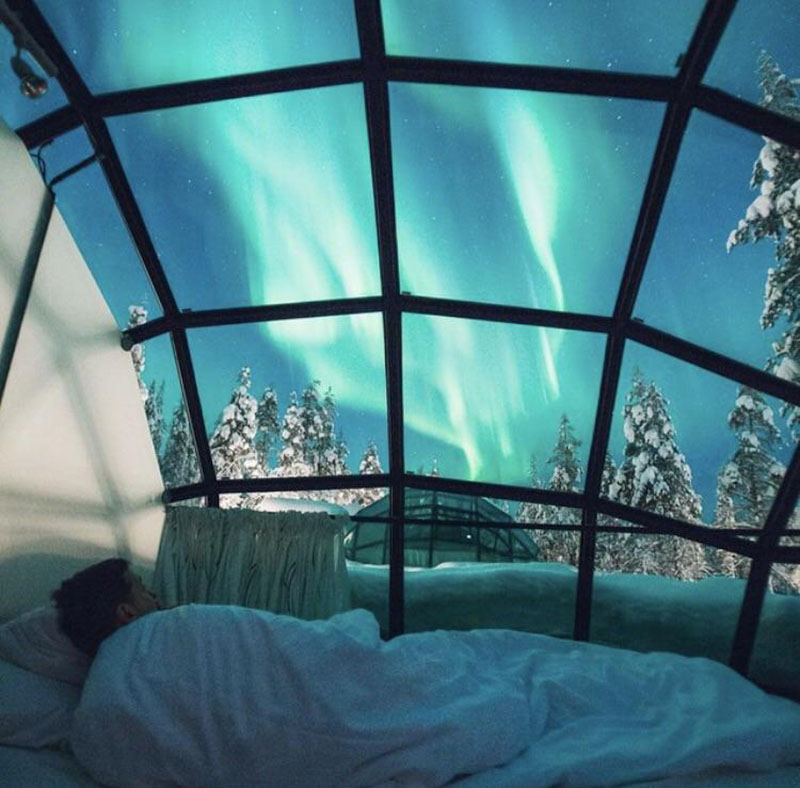
Quick Tips for Aurora Spotting:
- Escape the city lights. Light pollution affects visibility of stars and aurora. Where possible, leave cities and seek out dark skies.
- Be in the know: every aurora region has real-time alerts to let people know about aurora sightings. Get the apps.
- In the high Arctic, the sun never rises in December and early January so while you might have more hours in which to see the lights, you will be very limited with the activities you can do during the sunless days. The days will be much longer in February and March.
- October and November tend to be cloudier, especially in northern Europe; you need clear skies to see the lights. The aurora is present on 80 percent of clear nights – so this is the key factor in increasing your chances of seeing it.
- The lights are not all that bright; a full moon will bleach them out. For this reason, many tours are scheduled – check with your travel agent.
- Give yourself time to spot aurora, they do not appear every night, even in the most high-frequency locations.
